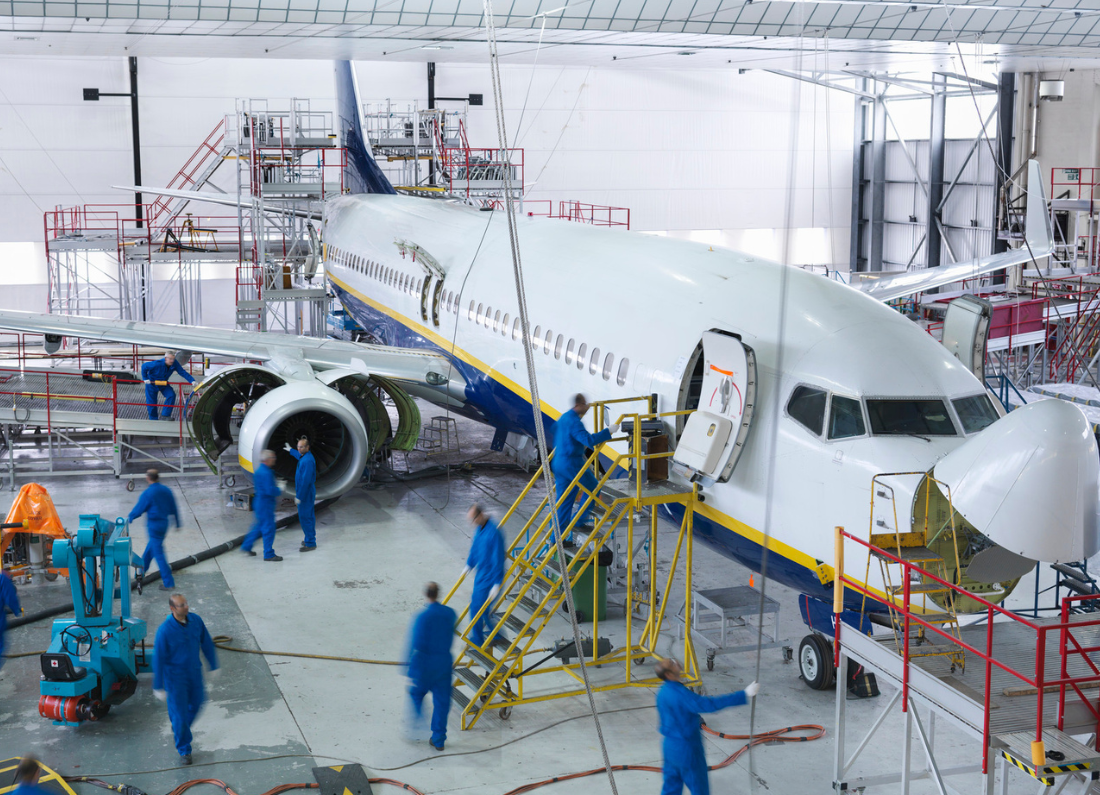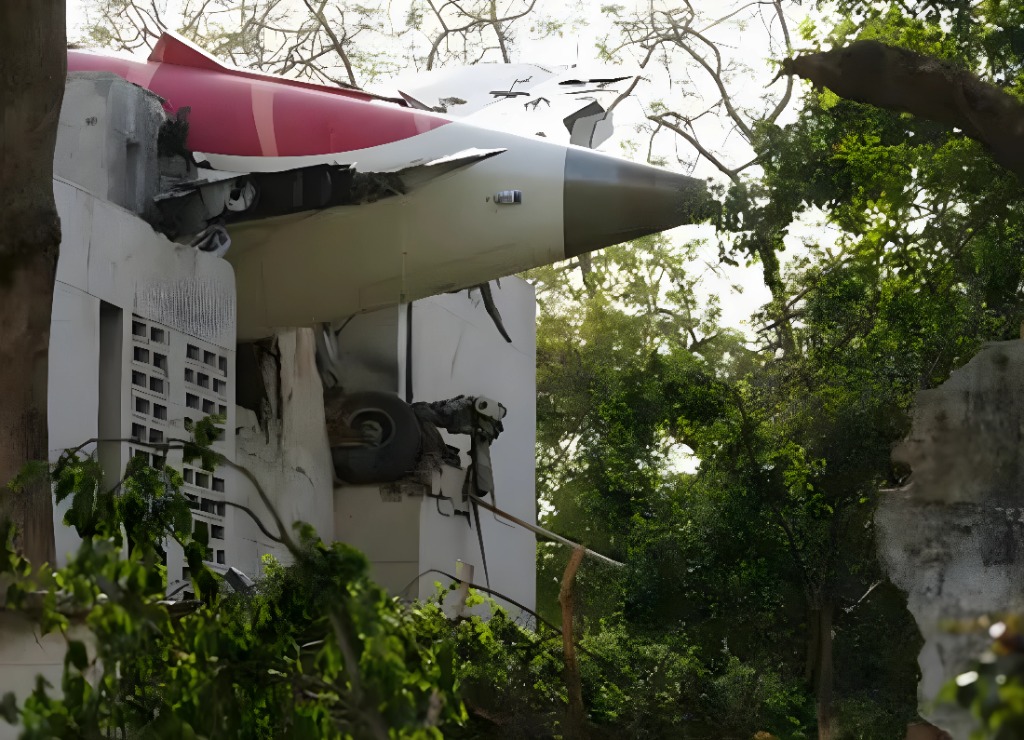Powering a Cleaner, Quieter, and Smarter Sky
In 2025, aircraft engines have evolved significantly, transitioning from being mere sources of thrust to becoming pivotal components in aviation’s next major transformation. This shift is characterized by groundbreaking developments in propulsion systems, the adoption of sustainable aviation fuels, and advancements in predictive maintenance technologies. Together, these innovations are redefining the core aspects of performance, efficiency, and environmental sustainability for the future of flight.
In response to increasing passenger demand and more stringent environmental regulations, airlines, maintenance, repair, and overhaul (MRO) providers, and original equipment manufacturers (OEMs) across Asia and beyond are heavily investing in smarter, cleaner, and more efficient engine technologies. These investments aim not only to meet rising operational requirements but also to achieve significant reductions in fuel consumption and emissions, thereby enhancing economic viability per mile flown.
The Post-Pandemic Engine Market: Recovery, Ramping, Retooling
Following a sluggish recovery from the COVID-19 pandemic, the global aircraft engine sector in 2025 has successfully ramped up to full production and innovation levels. As detailed in the Global Aviation Forecast for 2025:
- Commercial jet engine deliveries are projected to surpass 3,500 units this year, marking a strong rebound in the industry.
- Narrowbody engines, particularly the LEAP-1A/B models and other advanced designs, are expected to constitute over 70% of total deliveries, reflecting the shift towards more fuel-efficient aircraft.
- The Asia-Pacific region is anticipated to account for 32% of global engine demand, with significant contributions from rapidly growing aviation markets in India, China, and Southeast Asia.
The rise of low-cost carriers (LCCs) and the expansion of regional connectivity are driving the demand for more efficient engines with lower lifecycle costs, ensuring that airlines can operate competitively while simultaneously adhering to sustainability commitments. As the market moves forward, the focus will remain on integrating cutting-edge technologies to enhance engine performance and reduce environmental impact.
What’s Powering the Skies in 2025?
The most common and advanced engine families dominating commercial fleets today include:
| Engine Model | Aircraft | Notable Features |
|---|---|---|
| CFM LEAP-1A/B | Airbus A320neo, Boeing 737 MAX | High bypass ratio, 15% fuel savings over previous gen |
| Pratt & Whitney PW1000G (GTF) | A220, Embraer E2, A320neo | Geared turbofan tech, quieter and more efficient |
| Rolls-Royce Trent XWB | Airbus A350 | Long-haul efficiency, advanced materials |
| GE9X | Boeing 777X | World’s largest turbofan, ceramic matrix composites |
These engines are built with composite fan blades, 3D-printed parts, and digitally controlled systems that make them lighter, smarter, and greener.
Sustainability & SAF Compatibility
In 2025, every major engine OEM has made sustainable aviation fuel (SAF) compatibility a priority.
- All current engines from GE, CFM, Rolls-Royce, and Pratt & Whitney are certified to operate with up to 50% SAF blends
- R&D is accelerating toward 100% SAF certification by 2030
In addition, engine makers are:
- Reducing lifecycle carbon emissions through materials and supply chain efficiency
- Investing in hydrogen propulsion prototypes (Rolls-Royce x EasyJet, GE x Airbus)
- Supporting electric-hybrid powertrains for regional aircraft (ZeroAvia, magniX, Tecnam)
In Asia, Malaysia, Singapore, and Japan are laying groundwork for SAF production and testing.
Digital Engines: From Monitoring to Predictive Maintenance
Modern engines in 2025 are constantly connected to cloud-based health monitoring systems.
Key trends include:
- Real-time diagnostics for wear, vibration, and thermal stress
- Predictive maintenance to reduce AOG (aircraft on ground) events
- AI models that forecast parts failures before they happen
- Digital twins for engine lifecycle optimization
Leading airlines in Asia, such as Singapore Airlines, ANA, and Garuda, are working with OEMs and MRO providers to implement “power-by-the-hour” engine contracts with embedded AI diagnostics.
MRO and Engine Overhaul Growth in Asia
With engine complexity rising, the engine MRO (Maintenance, Repair & Overhaul) sector in Asia is booming:
- Malaysia is fast becoming a regional MRO hub, with Asia Digital Engineering (ADE) and GE Engine Services expanding capabilities
- Singapore’s Seletar Aerospace Park hosts major Rolls-Royce and Pratt & Whitney overhaul centers
- India and Vietnam are investing in local capabilities for narrowbody engine support
Predictive, paperless MRO is the future allowing for faster turnaround times, improved engine lifespan, and tighter quality control.
While jet engines dominate in 2025, the next-generation propulsion revolution is underway.
Key developments:
- Rolls-Royce, Airbus, and GE are testing hydrogen combustion engines for commercial aircraft
- Hybrid-electric systems are entering the light regional and cargo market (9–19 seat class)
- Urban air mobility (UAM) vehicles use electric ducted fans and distributed propulsion
China, Korea, and Japan are leading regional R&D on electric flight, with testbeds in operation for hybrid regional aircraft by 2027.
Challenges on the Horizon
Despite progress, the aircraft engine sector faces key issues:
| Challenge | Impact |
|---|---|
| Supply chain delays | Engine part shortages still affecting new aircraft deliveries |
| High maintenance costs | Especially for GTF engines in high-utilization LCCs |
| Talent shortage | Skilled engine techs and engineers in short supply in Asia |
| Environmental pressure | Calls for stricter noise and NOx emission limits post-2030 |
Solving these will require stronger OEM-MRO partnerships, workforce development, and smart policy support.
In 2025, aircraft engines have transcended traditional machinery to become extraordinary marvels of engineering, essential for modern aviation. These advanced engines are not only cleaner and quieter, but also remarkably intelligent, harmoniously integrating cutting-edge technology with the practical demands of flight. As Asia embarks on an ambitious expansion of its fleet, the continuous innovation in engine design and performance will serve as the vital catalyst for a sustainable, interconnected, and fiercely competitive future in aviation.










